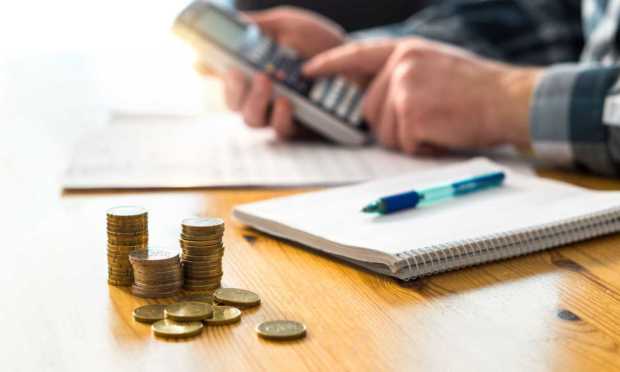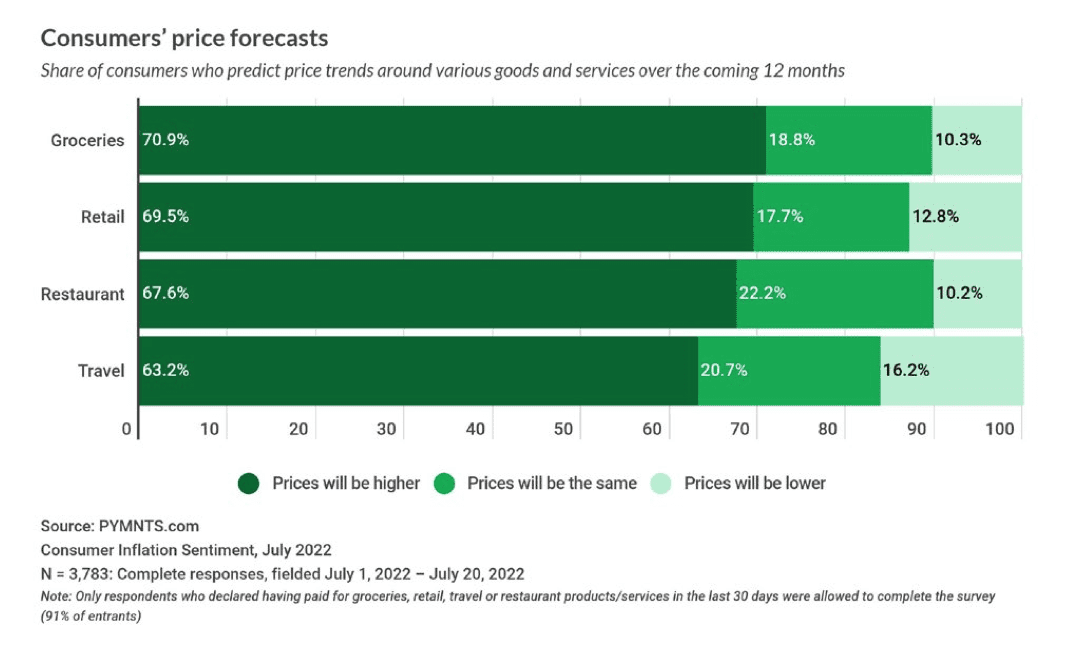As Savings Dwindle, Paycheck-to-Paycheck Consumers Especially Vulnerable

The cash cushion is dwindling across the board, as consumers dip into savings and inflation continues to take its toll.
To that end, and as found in our recent report “Consumer Inflation Sentiment: July 2022 — Consumers Pull Back and Prepare for the Long Haul,” 70% of consumers told us they will be paring back on retail purchases, eyeing the pressures they face now, and what they think they’ll face over the longer term.
In data gleaned from 3,783 consumers between July 1 and July 20, PYMNTS found that the pressures cut deep and wide, and impact all demographics, from high income families on down.
But it is the lower-income earners who are proving, and will prove, the most vulnerable among us.
Expectations are grim: 63% of consumers who earn under $50,000 annually told us they anticipate their financial situation worsening in the coming year, as did 44% of those earning over $100,000 annually.
And to get a sense of where we expect things to pinch a bit more than in previous months, before inflation came home to roost in so many ways, the chart below shows where we think things will head south at the register.
 Groceries are arguably essential, retail less so. Restaurants and travel are easier to reign in (indeed we’re seeing this already in the fact that a majority of consumers will cut back on retail.
Groceries are arguably essential, retail less so. Restaurants and travel are easier to reign in (indeed we’re seeing this already in the fact that a majority of consumers will cut back on retail.
But if, overall, 49% of us are dipping into savings to cover everyday expenses — as we have found — then it stands to reason that savings are being used to keep alive, so to speak. As inflation continues to rise, and purchasing power continues to decline, we’re not running in place. We’re falling behind.
The savings cushion can last only so long. In earlier research this year, back in May, we found that for paycheck-to-paycheck consumers who have issues paying the bills, the most recent savings measures are on the downtrend. The average savings account here has $2,464, down from a peak of more than $4,000 at the peak, cushioned in part by stimulus checks sent out during the pandemic.
The percentage of pressured P2P respondents that would not be able to afford a $400 emergency expense translates to 42% of P2P consumers who have issues paying the bills, up from 40% less than a year ago. The cash on hand that they’ve traditionally used to fund these same expenses has not been enough.
Something’s got to give, as the old song goes. And the “give” will be “given” at merchants’ top lines, as consumers do what they can to staunch the bleeding at least a bit.
